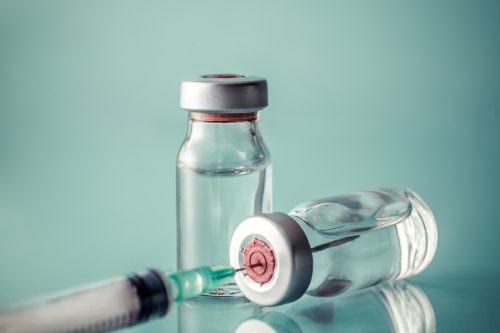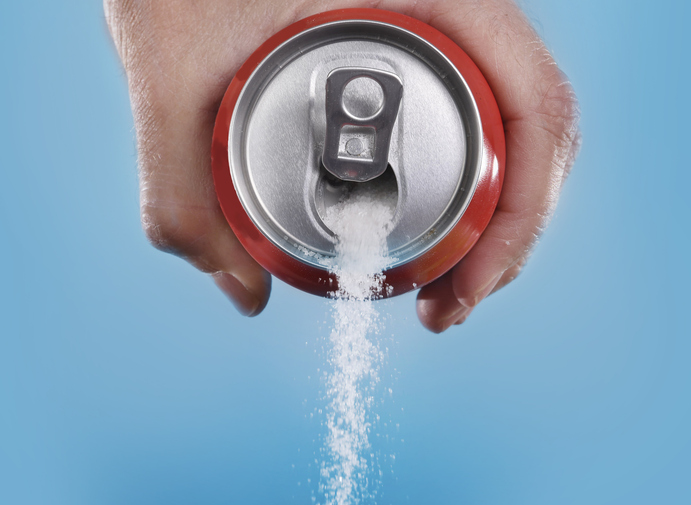
A quarter of diabetes patients underuse insulin in an effort to save money as prices continue to skyrocket, according to recent research published in JAMA Internal Medicine.
Insulin costs have tripled over the last 10 years, the researchers wrote, and out-of-pocket costs per prescription have doubled. To determine how this may impact insulin use, they surveyed type 1 and type 2 diabetes patients from the Yale Diabetes Center between June 2017 and August 2017. Patients had to have received an insulin prescription within the last six months.
1 in 4 people with #diabetes report they cut back on #insulin because of cost, and this is associated with poor glycemic control. Read more https://t.co/rAsav5Aufw pic.twitter.com/vFSVgPVffx
— JAMA Internal Medicine (@JAMAInternalMed) December 4, 2018
To evaluate cost-related insulin underuse, patients were asked if they did any of the following in the last 12 months: “(1) use less insulin than prescribed, (2) try to stretch out your insulin, (3) take smaller doses of insulin than prescribed, (4) stop using insulin, (5) not fill an insulin prescription, or (6) not start insulin…because of cost?”
Researchers identified 354 eligible patients, of whom 199 (56.2%) responded to all six questions (101 [50.8%] women, 121 [60.8%] white, 83 [41.7%] type 1 diabetes); of the patients who filled out the survey, 51 (25.5%) answered “yes” to at least one question. There was no correlation between the type of prescription drug coverage and cost-related underuse. Lower-income patients were more likely to report underuse due to price, of which 31 (60.8%) said they had a conversation with their clinician about insulin price, and 15 (29.4%) switched to a different type of insulin due to cost. In multivariable analysis, researchers found that those who underused insulin due to cost were more likely to have poor glycemic control compared to those who did not report cost-related underuse (22 [43.1%] vs 41 [28.1%]; odds ratio = 2.96; 95% CI, 1.14-8.16; P = 0.03).
The findings “highlight an urgent need to address affordability of insulin,” the researchers wrote.
One of the study’s limitations is that the data came from a single center. Additionally, the study’s cross-sectional nature prevents researchers from establishing a causal relationship between cost-related underuse of insulin and poor glycemic control.
“Insulin is a life-saving, essential medicine, and most patients cannot act as price-sensitive buyers,” the study authors concluded. “Regulators and the medical community need to intervene to ensure that insulin is affordable to patients who need it. At minimum, individual clinicians should screen all patients for cost issues to help them address these challenges.”
Study Forecasts Increase in Insulin Use for Type 2 Diabetes by 2030
Surge in Prices Causing Diabetics to Underuse Insulin
‘Artificial Pancreas’ Found to Outperform Traditional Insulin Pumps in Diabetes Management
Source: JAMA Internal Medicine






 © 2025 Mashup Media, LLC, a Formedics Property. All Rights Reserved.
© 2025 Mashup Media, LLC, a Formedics Property. All Rights Reserved.